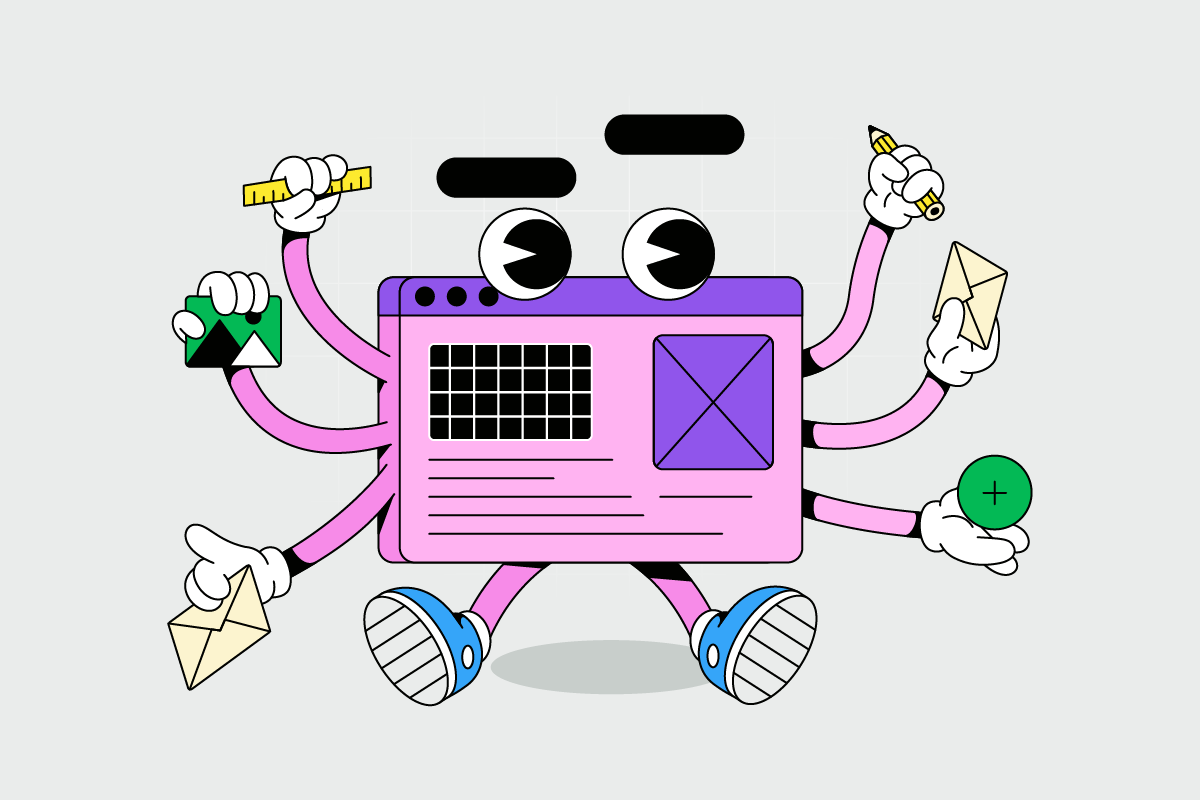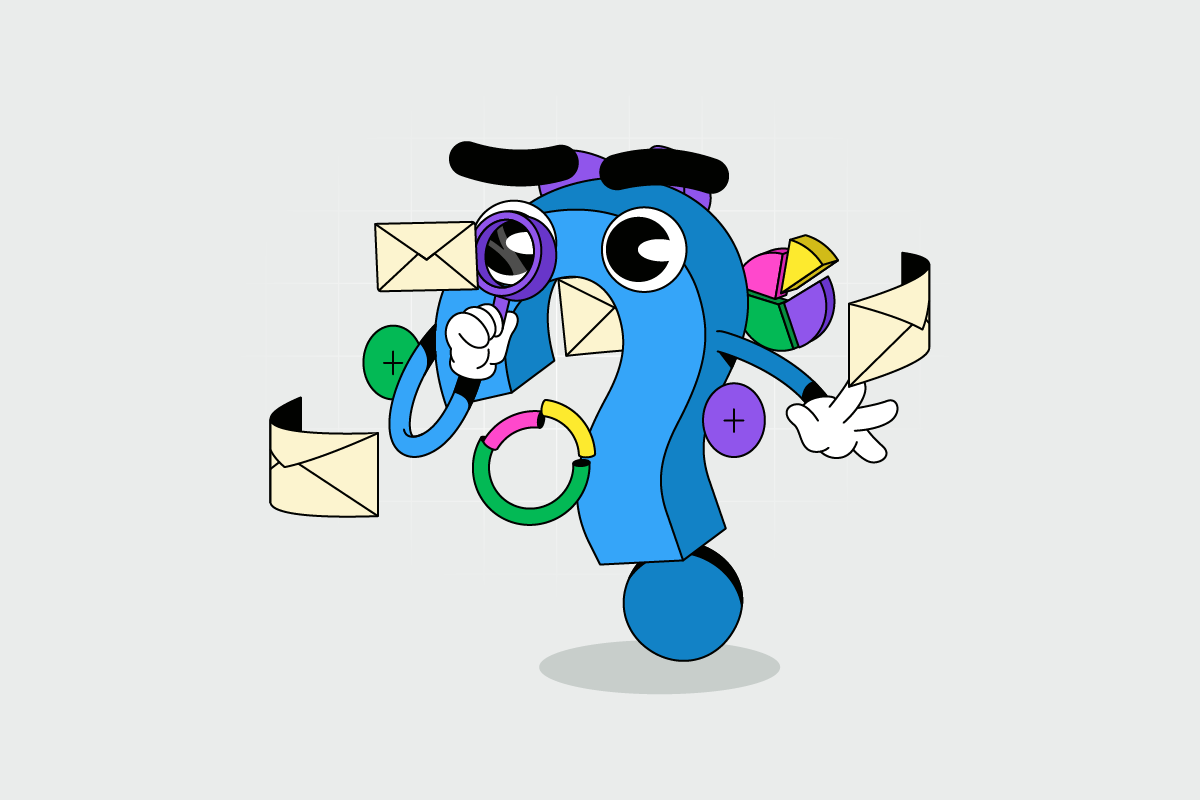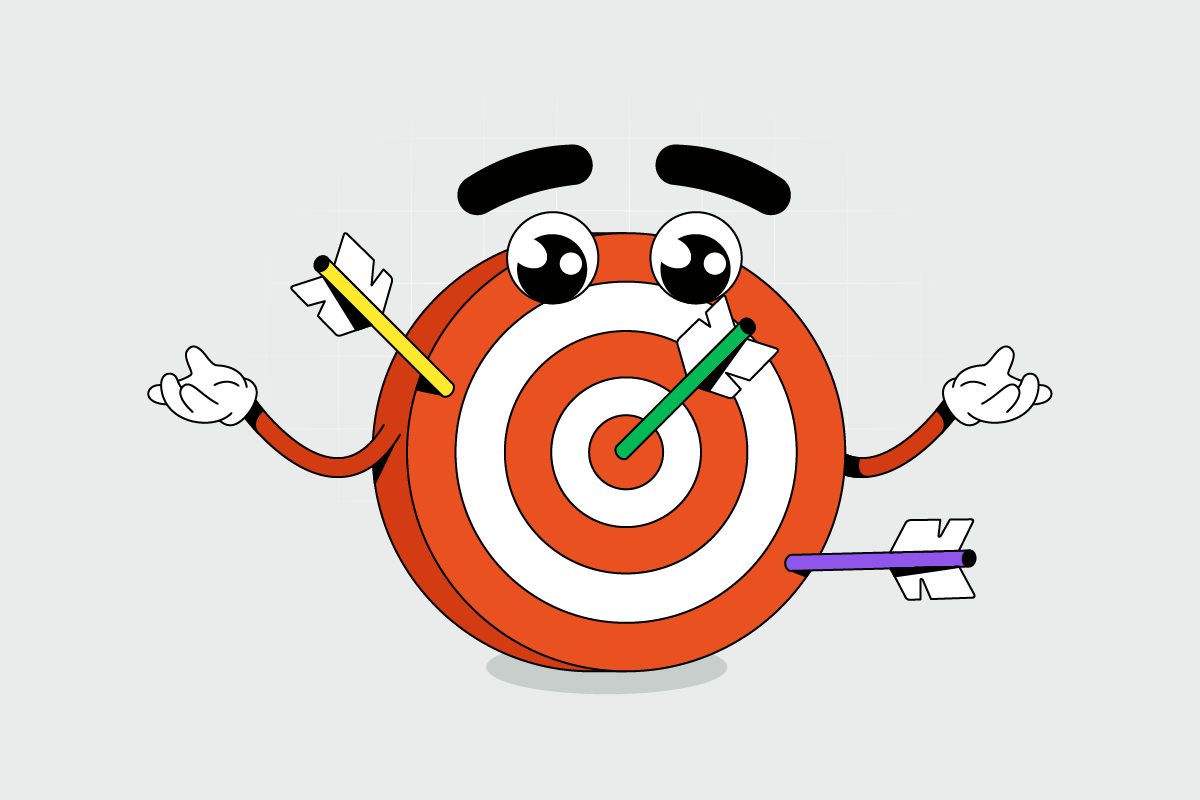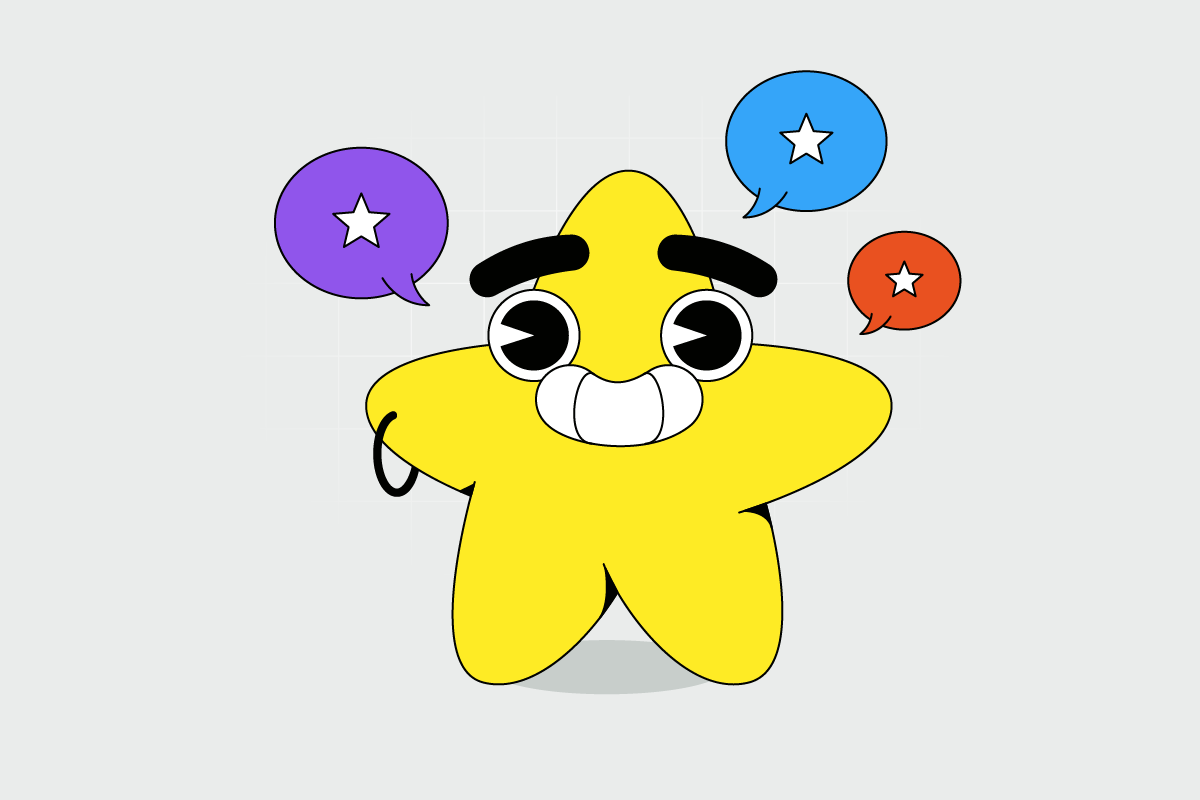
In today’s digital age, where user experience design is at the forefront of product development, user-centered design has emerged as a powerful approach to creating exceptional products. By prioritizing the needs and preferences of users, businesses can develop products that resonate deeply with their target audience. This article will explore the human-centered design approach, its principles, and the significant benefits it brings to businesses.
Definition of User-Centered Design
User-centered design (UCD) is an iterative approach that focuses on understanding end users’ needs, goals, and behaviors.
User-centered design is a crucial aspect of modern product development. It emphasizes the importance of understanding and meeting the needs of the end-users throughout the entire design process. Placing the user at the center of the design decisions ensures that the final product is intuitive, usable, and enjoyable for the target audience.
Thus, one of the critical benefits of user-centered design is that it helps create products that align with user expectations and preferences. By conducting thorough user research, such as user interviews, surveys, and usability testing, designers gain valuable insights into the users’ goals, motivations, and pain points. This information allows them to make informed design decisions that address the specific needs of the users.
As a result, UCD involves gathering user feedback, conducting research, and iteratively refining the design based on user insights.
Importance of User-Centered Design in Modern Product Development
In the first place, in today’s highly competitive market, where customer satisfaction is paramount, businesses cannot overlook user-centered design’s importance. Similarly, by adopting a user-centric approach, companies can develop products that meet user expectations and deliver delightful experiences.
By involving users early in the design process, designers can gather feedback and make necessary adjustments before moving forward. This iterative approach helps identify and resolve usability issues, enhance the valuable user experience, and increase user satisfaction.
Furthermore, user-centered design fosters empathy and inclusivity. It acknowledges that users have diverse backgrounds, abilities, and preferences. By considering the unique perspectives of different user groups, designers can create inclusive and accessible products that cater to a broader range of users.
In conclusion, user-centered design is essential in modern product development as it prioritizes the needs and preferences of the end users. By incorporating user feedback, conducting user research, and embracing an iterative design process, designers can create user-friendly, intuitive, and successful products.
UCD enables businesses to gain a competitive edge by aligning their offerings with user needs and preferences.
User-Centered Design Approach

User-centered user interface design is an approach that prioritizes the needs and preferences of the users throughout the design process. It involves understanding the users’ goals, tasks, and contexts of use and designing intuitive, efficient, and enjoyable interfaces. This approach emphasizes user research, usability testing, and iterative design to ensure that the interface meets the needs of the target users. By placing the users at the center of the design process, user-centered user interface design aims to create interfaces that enhance user satisfaction and improve overall user experience. Thus, the critical steps in the UCD process include:
- Understanding User Needs and Goals
For this reason, to create a product that resonates with users, it is crucial to deeply understand their needs, goals, and pain points. This involves conducting user research, interviews, and surveys to gather insights into user behaviors and preferences.
- Conducting User Research and Analysis
Equally important, user research forms the foundation of user-centered design. It involves gathering data on user demographics, behaviors, motivations, and pain points. As a result, this information helps create user personas and identify patterns and trends.
- Creating User Personas
User personas are fictional representations of the target users. They encapsulate key user characteristics, such as age, gender, preferences, goals, and challenges. As a result, user personas provide designers and developers with a clear understanding of the target audience and guide the design decisions throughout the process.
- Iterative Design Process
The user-centered design follows an iterative process involving continuous feedback and refinement. Designers create prototypes and gather user feedback at each stage. This iterative approach, in that case, allows for quick adjustments and improvements based on user insights, resulting in a more refined and user-friendly final product.
Additional Info
See these articles:
Product Design Accents That Attract Customers
How to Increase Conversion with Perfect UX Design?
Best Practices for Web3 UX Design
User-Centered Design Principles

By prioritizing the excellent user experience, designers can create more effective and user-friendly products that meet the needs of their intended audience. Therefore, user-centered design principles are essential for creating practical and aesthetically pleasing designs.
User-Centered Design Principles emphasize the importance of designing products and services with the needs and preferences of users in mind. These principles guide the design process to ensure the final product or service is intuitive, usable, and enjoyable for the target audience. User-centered design involves understanding user behaviors, researching, and incorporating user feedback throughout the design and development stages. By prioritizing user needs, goals, and expectations, designers can create solutions that effectively meet user requirements and improve the overall user experience.
Human-centered design is guided by a set of principles that aim to create products that are intuitive, usable, and enjoyable for users. Some fundamental principles, for instance, include:
Usability
Usability is a fundamental principle of user-centered design. It focuses on making products easy to learn, efficient, and error-resistant. In the final analysis, designers prioritize usability to ensure users can achieve their goals quickly and effortlessly.
Consistency and Coherence
Consistency and coherence contribute to a seamless, good user experience. The UCD, with this intention, emphasizes maintaining consistent visual elements, interactions, and terminology throughout the product. As a result, this helps users navigate the interface intuitively and reduces cognitive load.
Accessibility
In addition, the user-centered design strives to create inclusive experiences accessible to users with diverse abilities. Designers consider accessibility guidelines and ensure that the product can be used by individuals with disabilities, such as visual or motor disabilities.
Learnability
Learnability focuses on designing products that are easy to learn and understand, even for first-time users. Therefore, the UCD incorporates intuitive interfaces, clear instructions, and informative feedback to facilitate learning.
Feedback and Error Handling
The user-centered design emphasizes providing users with clear and timely feedback. This includes error messages, notifications, and confirmation messages to guide users and prevent frustration. As a result, effective error handling allows users to recover from mistakes and continue using the product smoothly.
Additional Info
See these articles:
What Are The Best Methods for UX Design?
Product Design Accents That Attract Customers
10 Steps to Create the Best UX Design
How to Use UX Design to Create Competitive Advantages?
User-Centered Design Benefits

Adopting a User-Centered Design (UCD) approach offers several advantages to businesses. First and foremost, it ensures that products and services are tailored to meet the needs and preferences of users. By understanding user behaviors and researching, businesses can gather valuable insights that inform the design process. Adopting a UCD approach brings numerous benefits to businesses, for instance:
Enhanced User Satisfaction and Engagement
User-centered design ensures that the final product aligns with user expectations and preferences. With this intention, by delivering exceptional design user experiences, businesses can increase user satisfaction, engagement, and loyalty.
Increased Conversion Rates and ROI
Moreover, user-centered design enhances the overall total user experience. By prioritizing user needs, goals, and expectations, designers can create enjoyable and engaging experiences. This can lead to increased user loyalty and positive word-of-mouth recommendations. A great user experience has a direct impact on conversion rates. Users who find a product intuitive and enjoyable are likelier to convert into customers. So, investing in UCD can lead to higher conversion rates and a positive return on investment (ROI).
Improved Product Usability and Efficiency
User-centered design results in products that are easy to use and navigate. As a matter of fact, by prioritizing usability and intuitive interfaces, businesses can streamline user interactions and improve the efficiency of their products. Incorporating user feedback throughout the design and development process can identify and resolve potential usability issues early on. This results in products and services that are more intuitive and easier to use, reducing user frustration and increasing efficiency. This, in turn, leads to higher productivity for users.
Reduced Development Costs and Time
While it may seem counterintuitive, investing in human-centered design can save businesses time and money in the long run. Therefore, by identifying and addressing user needs early in the design process, businesses can avoid costly redesigns and development iterations.
Competitive Advantage
Smart user experience often becomes a key differentiating factor in today’s competitive market. Consequently, by prioritizing user-centered design, businesses can stand out from the competition by offering superior products that cater to user needs. This can lead to a significant competitive advantage and increased market share.
In summary, user-centered design benefits both users and businesses by ensuring that the final product or service is tailored to user needs, improves usability, and enhances the overall good user experience.
Conclusion: The Power of User-Centered Design
User-centered design has revolutionized the way businesses approach product development. Companies can create products that meet expectations and deliver delightful experiences by prioritizing user needs, preferences, and goals. Thus, this approach recognizes the importance of understanding user behaviors and conducting thorough research to inform the design process.
One of the critical benefits of user-centered design is its ability to enhance user satisfaction. By actively involving users throughout the design and development stages, designers can ensure that the final product or service is intuitive, usable, and enjoyable. This results in higher user satisfaction and can lead to increased customer loyalty and positive word-of-mouth.
Moreover, user-centered design can also contribute to increased conversion rates. By aligning the strategy with user needs and expectations, businesses can create products that are more likely to resonate with their target audience. As a result, this can lead to higher engagement, increased conversions, and improved business outcomes.
Usability is another critical aspect that user-centered design addresses. By understanding user behaviors, preferences, and pain points, designers can create interfaces, interactions, and experiences that are intuitive and easy to use. This can minimize user frustrations, reduce errors, and improve overall usability.
Lastly, adopting a user-centered design approach provides businesses with a competitive edge. In today’s market, where good user experience plays a significant role in consumer decision-making, companies prioritizing user needs and delivering exceptional experiences are more likely to stand out from their competitors. By continuously iterating and incorporating user feedback, businesses can stay ahead of the curve and maintain relevance in a rapidly evolving landscape.
In conclusion, user-centered design is a powerful approach to transforming how businesses develop products and services.
By understanding and prioritizing user needs, preferences, and goals, companies can create solutions that meet expectations and deliver exceptional experiences. By enhancing user satisfaction, increasing conversion rates, improving usability, and gaining a competitive edge, user-centered design has become an essential practice for businesses seeking long-term success.
FAQs
- What is user-centered design?
- User-centered design (UCD) is an approach that prioritizes the needs and preferences of users throughout the product development process. It aims to create intuitive and enjoyable experiences by understanding user behaviors, conducting research, and iteratively refining the design based on user feedback.
- What is the user-centered design approach?
- The user-centered design (UCD) approach involves understanding user needs and goals, conducting user research and analysis, creating user personas, and following an iterative design process incorporating user feedback at each stage.
- What are the principles of user-centered design?
- Human-centered design principles include usability, consistency and coherence, accessibility, learnability, feedback, and error handling. These principles guide designers in creating intuitive, usable, and engaging user products.
- What are the benefits of user-centered design?
- The human-centered design brings benefits such as enhanced user satisfaction and engagement, increased conversion rates and ROI, improved product usability and efficiency, reduced development costs and time, and a competitive advantage in the market.
- How can human-centered design give a competitive advantage?
- The human-centered design allows businesses to differentiate themselves by offering superior products that cater to user needs and preferences. Therefore, by providing exceptional user experiences, companies can gain a competitive edge and attract more customers.
Renua | Linkedin | Behance | Dribbble | Clutch | Twitter/X